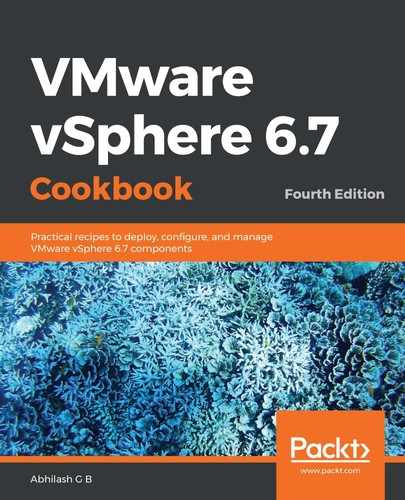It is of prime importance to ensure that every ESXi host in a cluster is configured identically to achieve operational efficiency at the cluster level. There is a lot of configuration that goes into an ESXi host after it is deployed. This includes the general/advanced settings, storage, and networking configuration, as well as licensing and much more. With the number of ESXi hosts that can be part of a cluster and vCenter increasing with every release of vSphere, the amount of work to be done manually will also increase.
Starting with vSphere 4.1, VMware introduced a method to extract the configuration from an ESXi host and form a configuration template, often referred to as a blueprint or golden image. Such a configuration template is called a vSphere Host Profile.
Host Profiles help a vSphere administrator to maintain compliance with configuration standards on the desired set of ESXi hosts. They can also be used to make a configuration change that will be pushed to the hosts without having to implement the change on the ESXi host.
For instance, if the NTP time source for the environment changes, then there is a need to make this change on every host using the time source. Such a change can be pushed through a Host Profile. Another example would be a change in the VLAN ID for the virtual machine network on a cluster of ESXi hosts that have been configured with standard vSwitches. Since the hosts are using standard vSwitches, the VLAN ID should be manually specified on the virtual machine port group on each of the hosts in the cluster. This manual work can be avoided by editing the Host Profile and then pushing the VLAN ID change to the entire cluster.
In this chapter, we will cover the following topics:
- Creating Host Profiles
- Associating Host Profiles with ESXi hosts or clusters
- Checking Host Profile Compliance
- Scheduling Host Profile Compliance Checks
- Performing Host Customizations
- Remediating non-compliant Hosts
- Using Host Profiles to push a configuration change
- Copying settings between Host Profiles
- Exporting Host Profiles
- Importing Host Profiles
- Duplicating Host Profiles
